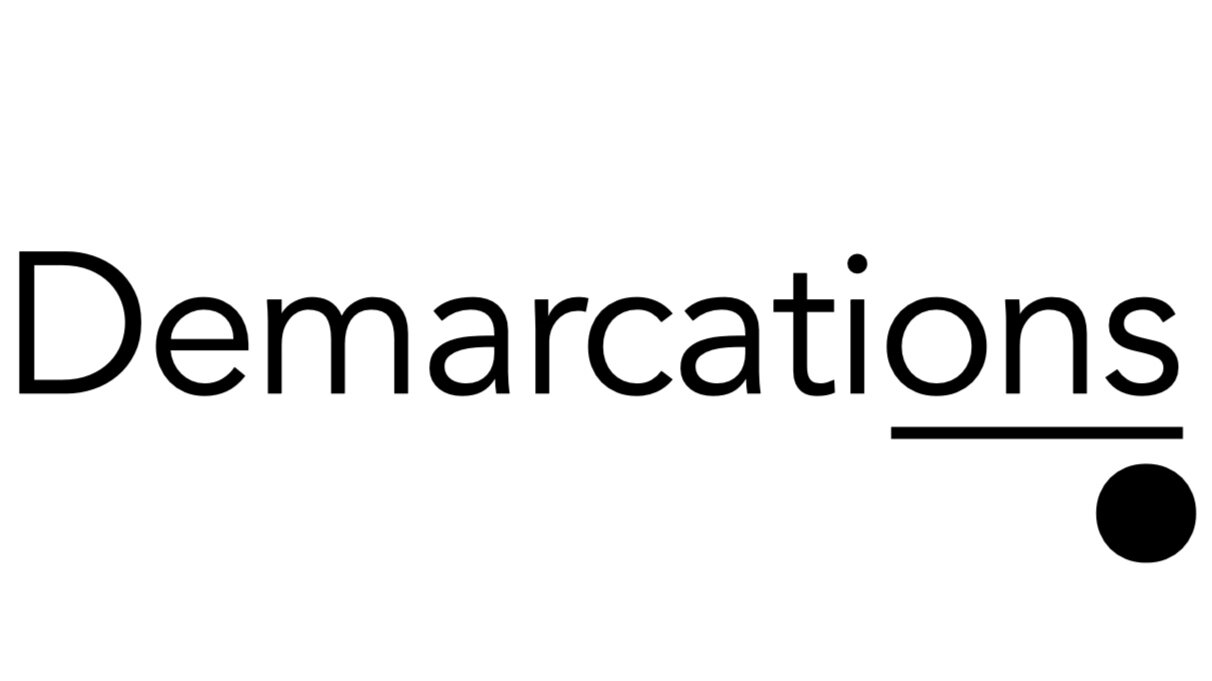Yesterday, LiquidText launched their MacOS app, following on the heels of their Windows app and upgraded iPadOS app. The download is free. An in-app purchase of the “Pro” features enables “Ink” and features for using multiple documents.
The one thing missing from this LiquidText ecosystem is a way to sync projects across platforms. They forecast such a system this fall. Presumably this service will also allow teams to collaborate on projects. LiquidText files are undoubtedly complicated and hard to sync without corrupting them. Though it seems syncing projects now with iCloud or Dropbox might be possible.
For now, I edit only on my iPad and export the project file to my Mac for reference only. If I needed to edit the file on my Mac, I could export and roundtrip it back to the iPad, but I prefer to avoid having multiple active versions.
LiquidText is the best way to get through the metaphorical “stack” of documents in a case. My workflow looks like this:
- Organize the documents in a folder with good file names. I will work with a paralegal on this phase. The files are saved in a Citrix Files folder so they can be synced with multiple devices and ultimately with experts and opposing counsel.
- I copy the files to a folder in iCloud Drive.
- I browse the files with the Files app on my iPad. This is a good way to get through a lot of documents fast because you can scroll down through the pages and swipe left to move to the next file. However, when you close the file, you need to remember where you’re at because Files lacks a good indicator of where you are in your list of documents.
- When I identify a document that needs careful analysis, I switch to LiquidText. With the correct project open, I click the Add Documents button and select Document File. The last file I opened should be at the top in the Recent view. I open the file and start annotating and pulling excerpts into my workspace.
- When closing the LiquidText Project, select Send to save the annotations back to the original source PDF in the iCloud folder, assuming that would be useful to you. Some people may prefer to keep only “clean” copies. For me, that’s what the Citrix File folder is for.
With this method, I’m finding I can review a large number of files much more quickly than with other methods. Most importantly, I know I’m rigorously capturing all my thoughts while leaving breadcrumbs back to the original source material.
Looking back over the Workspace is a great way to build reports, prepare for a deposition, and identify potential exhibits.
Assuming you work at a firm or with team members, I recommend regularly exporting the project as a PDF and saving it in the right spot, to ensure your work is captured and usable by others.
What workflow are you using to intensely analyze documents?


